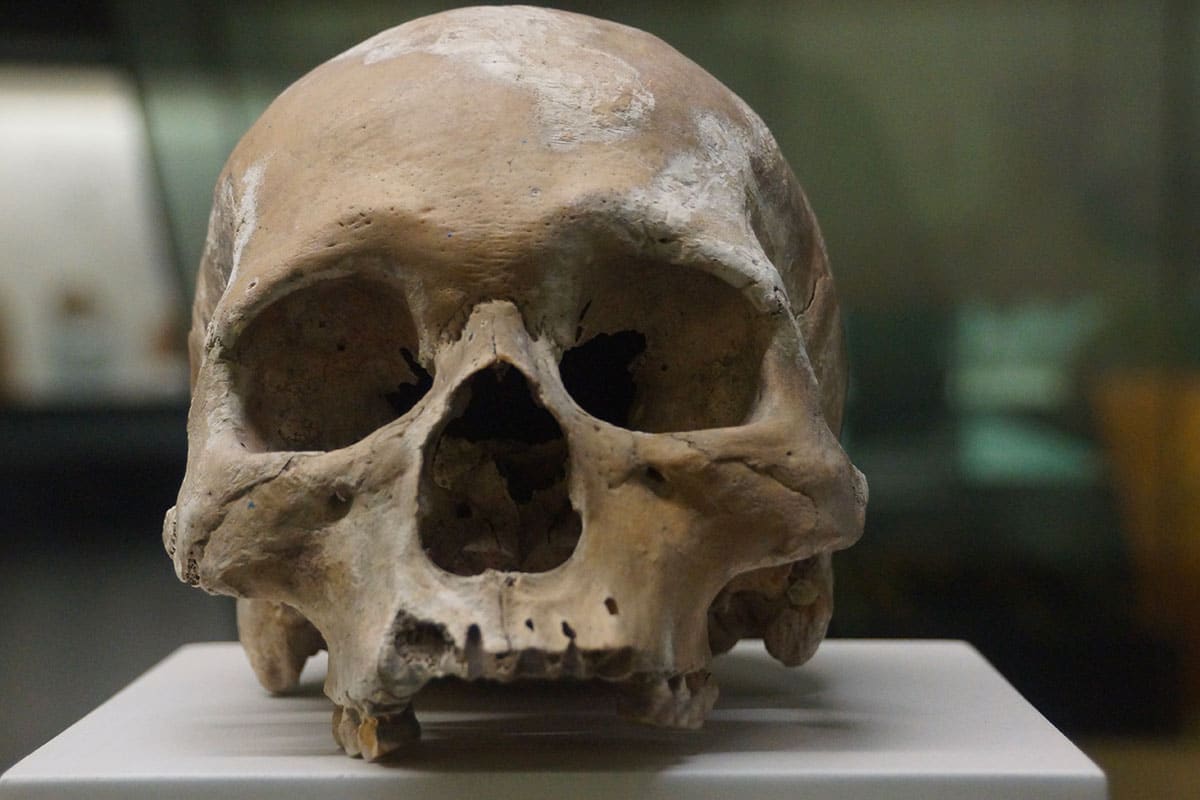Abstract
As the first group of tetrapods to achieve powered flight, pterosaurs first appeared in the Late Triassic. They proliferated globally, and by the Late Jurassic through the Cretaceous, the majority of these taxa belonged to the clade Monofenestrata (which includes the well-known Pterodactyloidea as its major subclade), typified by their single undivided fenestra anterior to the orbit. Here, a new taxon Melkamter pateko gen. et sp. nov., represented by the specimen MPEF-PV 11530 (comprising a partial cranium and associated postcranial elements), is reported from the latest Early Jurassic (Toarcian) locality of Queso Rallado (Cañadón Asfalto Formation) and referred to the clade Monofenestrata, increasing our previously known taxonomic and geographic representations, and temporal range for this clade. This occurrence marks the oldest record of Monofenestrata globally and helps to shed critical light on the evolutionary processes undergone during the ‘non-pterodactyloid’-to-pterodactyloid transition within the Pterosauria. In addition, another single isolated tooth from the same locality shows ctenochasmatid affinities. These finds further elucidate the still-poor Gondwanan Jurassic pterosaur fossil record, underscoring that most of our current ideas about the timing and modes of pterosaur evolution during that period are largely based on (and biased by) the pterosaur fossil record of the Northern Hemisphere.
Keywords: Pterosauria, Monofenestrata, Jurassic, Toarcian, Patagonia, Argentina
 |
| Comparison of (a) Darwinopterus linglongensis (IVPP V16049; mirror-imaged for comparison), (b) Melkamter pateko, and the newly- prepared left side of (c) Cuspicephalus scarfi.
Scale bars are 1 cm. |
Systematic palaeontology
PTEROSAURIA Owen, (1842)
MONOFENESTRATA Lü et al. (2010) sensu Andres et al. (2014)
Genus Melkamter, gen. nov.
Melkamter pateko, sp. nov.
Etymology: Genus name ‘Melkamter’ from the native Tehuelche word ‘mel’ meaning (in Spanish/English) ‘ala/wing’ and ‘kamter’ meaning ‘lagarto grande/big lizard’ (after the original translation of ‘pterosaur’ as ‘winged lizard’); the species epithet ‘pateko’ is derived from ‘pate’ meaning ‘rallado/rasped’ and ‘ko’ meaning ‘conjunto de huesos/set of bones’, an ode to both to the site of Queso Rallado, and the fractured preservational state of the fossil (translations from [60]).
Holotype: MPEF-PV 11530 (Museo Paleontólogico Egidio Feruglio, Trelew, Argentina), consisting of at least a partial cranium (with counterslab) and two associated teeth, four dorsal vertebrae, one metacarpal (either I, II or III) and other bone fragments.
Type locality and Horizon: Locality Queso Rallado, close to Cerro Cóndor, northern central Chubut Province, Argentina. Lower section of the Cañadón Asfalto Formation, latest Early Jurassic, Toarcian.
Diagnosis: Non-pterodactyloid monofenestratan with a confluent naris and anteorbital fenestra and quadrate inclined at about 120°. Autapomorphies include: the presence of a small vestigial ascending process in the maxilla that does not reach the nasal or lacrimal dorsally; a maxillary body anterior to the vestigial ascending process that is higher than a posterior portion, with both portions divided by the vestigial ascending process delimited by a marked step; lacrimal and posterior processes of the jugal offset at about 55° angle. The taxon can furthermore be diagnosed by a combination of characters, including the marked dorsal deflection of the dorsal margin of the skull at the beginning of the nasoantorbital fenestra, resulting in a concave rather than straight outline of the dorsal skull margin in this region in lateral view, and the pointed anterior process of the quadratojugal that separates the posterior ends of the jugal and the maxilla.
 |
| Artistic reconstruction of Melkamter pateko
by Pedro Andrade. |









Leave a Comment